While I’ve been living in Porto as an expat since 2022 and have explored a fair amount, there are still so many places left to discover.
Porto is the second-largest city in Portugal, with a population of around 235,000. Lisbon comes in at number one with about 567,000 residents, and Braga is number three with approximately 150,000.
Despite its compact size, Porto has always reminded me of San Francisco in unexpected ways. Both cities partly hug the ocean, while Porto is also built along the Douro River, San Francisco spans the Bay. Both are home to iconic bridges: the Golden Gate in San Francisco, the Dom Luís I Bridge in Porto. Both boast distinct and unique neighborhoods, filled with creative energy, artsy vibes, and eclectic charm.
Even the weather is similar, though Porto feels colder because of the humidity, and San Francisco is drier. Then there are the parks. San Francisco boasts much larger green spaces, partly due to its size, including Golden Gate Park, the Presidio, and the Panhandle. Porto, in contrast, has many smaller parks scattered throughout the city. Porto’s parks make it one of my favorite cities in Portugal.
Get Your Free Portugal Report Today!
Get Your Free Portugal Report Today!
Discover why we love a slower pace of life in Portugal and info on other European countries in our daily postcard e-letter. Simply enter your email address below and we’ll send you a FREE REPORT – Explore the Old World in Laidback Portugal.

By submitting your email address, you will receive a free subscription to IL Postcards, Overseas Dream Home, The Untourist Daily and special offers from International Living and our affiliates. You can unsubscribe at any time, and we encourage you to read more about our Privacy Policy.
Getting Lost (on Purpose)
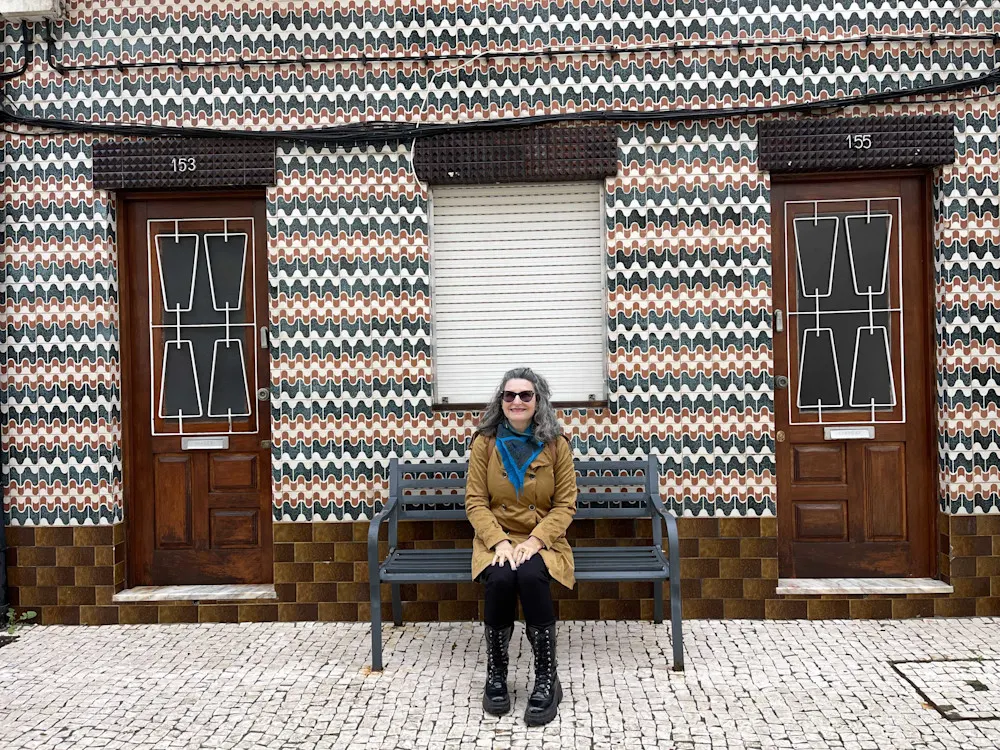
I have a long list of choice haunts in Porto, but my number one favorite activity in every city I travel to is simply walking around. This is how I discover the vibe and feel of a city.
Accidentally wandering upon some amazing and unplanned architecture, shops, and neighborhoods is a little like your first kiss. It’s exciting, new, and rapidly increases the pitter-patter of your heart rate—in a good and invigorating way.
By wandering through Porto, I’ve inadvertently discovered a puppet museum, an independent bookstore that houses a used English books section, flea markets, and jaw-dropping architecture.
Walking around a city is not limited by weather or time of day, either. Depending on whether it’s day or night, you will experience different aspects of a city. While I am not a huge fan of the rain, there is also something deliciously captivating about walking through old-town Porto on a mysterious, rainy night.
The city itself is divided into several different neighborhoods, and each holds a distinct type of charm. My favorite is artsy Cedofeita, which is where I accidentally happened upon the puppet museum and was fortunate enough to have the time to enter and immerse myself. This fun area also houses a new all-English bookshop called Rosebud.
The Bolhão district is technically considered downtown Porto, but it’s hard to pinpoint a precise downtown location since the 2.5 km area between Bolhão and Boavista consistently bustles with activity, shops, and restaurants.
You’ll find pedestrian-only walking streets scattered throughout the city. As the town was built before cars, like most European cities, it’s not laid out on a grid. Deciding to take a left or a right because you know the general direction of your apartment will often lead you down a winding street in the opposite direction of your intended target. This can be seen as a perk or a detriment, depending on both your time and frame of mind.
The River and the Heart of the City
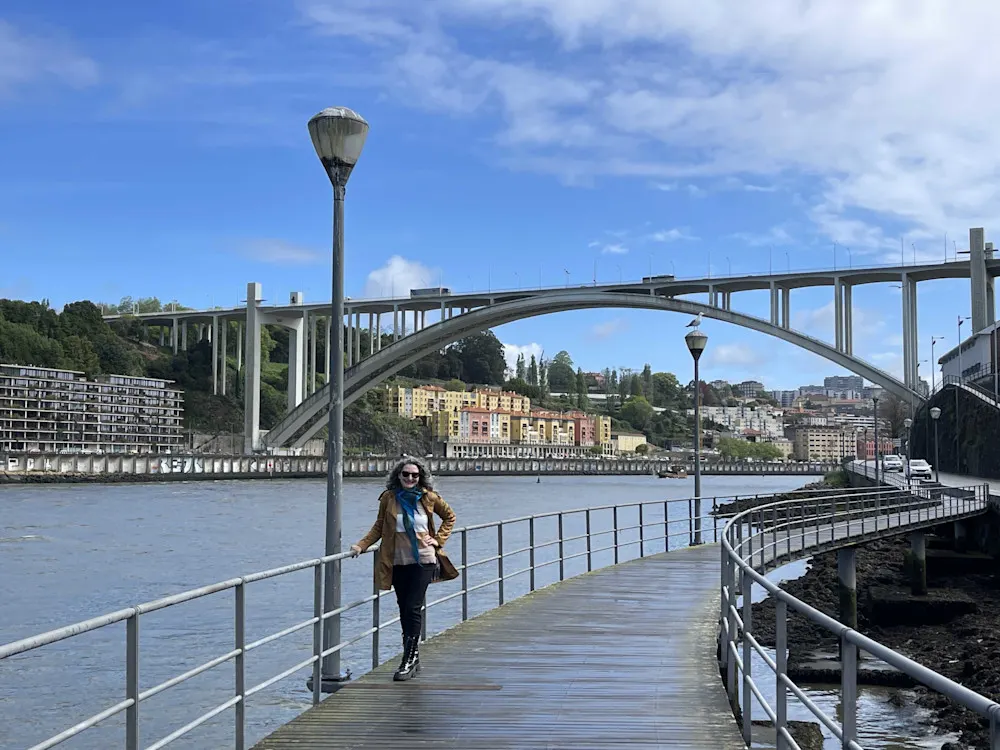
Nowhere is Porto’s blend of history and energy more evident than in the Ribeira district, the city’s atmospheric old town. This region is laid out along the Douro River, and it’s here that you’ll find those small, winding streets, tiled houses, and the famous Dom Luís I Bridge.
This bridge, which opened in 1886, was designed by the Belgian engineer Théophile Seyrig. It is known not only for its beauty but also for its versatility. Luís I connects Porto across the river to Vila Nova de Gaia, and it also allows for the metro to cross on the top, alongside pedestrian foot traffic. Cars cross on the lower tier.
Foz do Douro is a neighborhood that borders the Atlantic coast. Here, you can find mansions and winding streets that make Foz feel like a cross between a beach town and an old New England river town. Foz is home to several parks, including the glorious Serralves. This park is part of the Museum of Contemporary Art and covers close to forty-four acres.
Here, you’ll discover sculptures by famous artists, a high wooden plank bridge offering a “tree-top walk,” fountains, woodlands, and beautifully landscaped gardens. There are two stunning museums on the property: the large main one and a smaller art deco museum known as Serralves Villa, which you’ll find after meandering through the park.
On the first Sunday of each month, Serralves offers free entry. Once a year, they host a cultural festival that lasts fifty straight hours without stopping. It features booths with workshops and activities for children, plus dance, theater, and music performances.
Porto’s Parks: A Green Escape
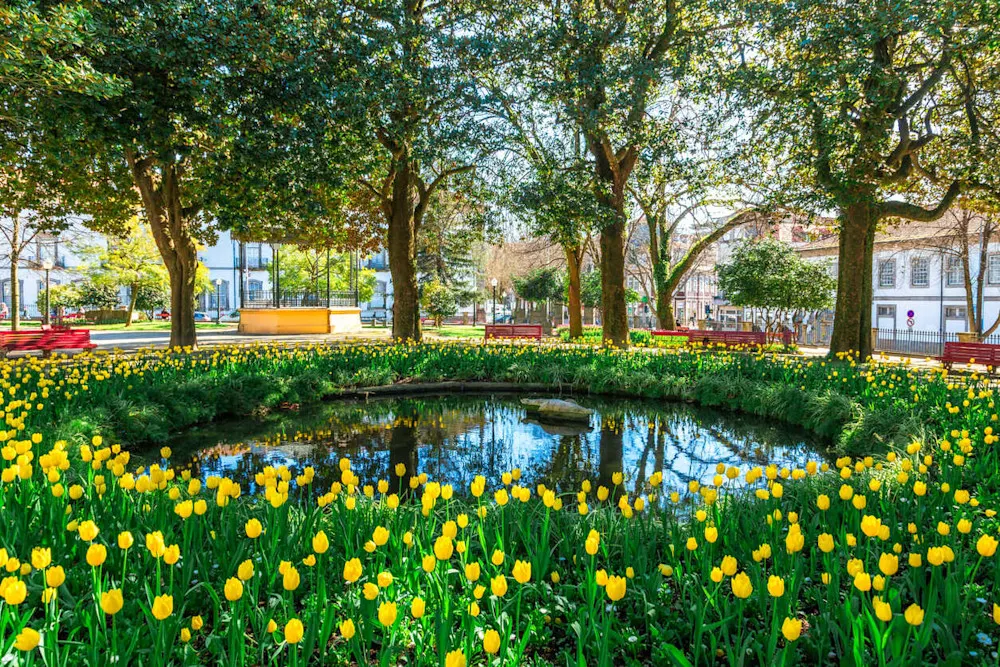
Porto’s parks have claimed my heart. There are about twelve major ones and over thirty smaller green spaces. The parks are a sanctuary—an oasis away from the hustle and bustle of city life.
Parque da Cidade do Porto is the largest and covers 205 acres, running from Avenida da Boavista all the way to the Atlantic Ocean. It’s a beautiful area for walking or hiking with your dog. Parque da Cidade is also home to the Saturday morning organic farmers market. This is a wonderful place to find fresh produce, bread, pastries, artisanal products, and even flowers. One must arrive early, and I recommend bringing more bags than you think you’ll need, as it’s hard to leave without being weighed down by delicious organic fruits and vegetables.
Another beloved park is Jardins do Palácio de Cristal. This terraced garden extends close to twenty acres, where it nestles beside the Douro River. There are at least five themed gardens, including a rose garden and standing pools filled with water lilies and lotus flowers. Cristal evokes the magic of an enchanted garden.
Park dwellers perch on the top level of the tiered gardens like elegant cormorants surveying their domain as they peer out across the sparkling Douro. Others descend the stone stairs to carve out their own little haven of shade on the dewy grass, beckoning for a picnic.
Local families smile and encourage as their children point, wide-eyed, at the numerous peacocks and hens that freely roam the property. In the west corner, closest to the sea, you’ll find a medieval tower nestled above the riverbank. Climb to the top for a panoramic vista of the river, the Arrábida Bridge, and Vila Nova de Gaia.
During the summer, bookworms descend on this magnificent park to attend a yearly book fair, Feira do Livro, which runs close to three weeks. Here, people discover new books from well-known publishers as well as old, used, and antique books. There’s live music, author signings, and festivities throughout.
My number one favorite is Parque de São Roque, with its ten acres of unbridled beauty. It’s easy to spend several hours wandering through the enormous labyrinth and exploring the hillsides. When the weather is nice, family and friends always gather to picnic on the grass. Children run around playing or make wishes at one of the three historic fountains.
Across the River: Gaia’s Hidden Layers
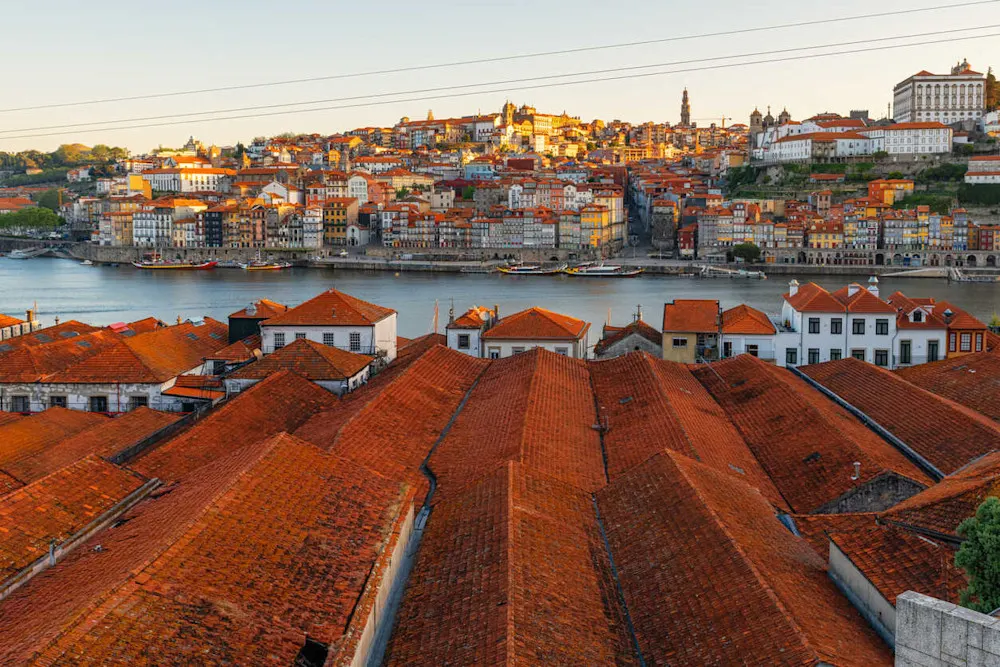
When friends come to visit, I always take them to old town Porto, the Ribeira, and then we walk across the Dom Luís I Bridge to Vila Nova de Gaia (Gaia for short).
Gaia is filled with its own unique charm. It’s the port wine epicenter, housing original casks in deep historic cellars. It also offers an unrivaled, dazzling view of Porto and beaches that rank among the best in northern Portugal.
After pausing on the bridge for stunning views and photos, I lead people uphill to the 16th-century monastery known as Mosteiro da Serra do Pilar. This monastery is a UNESCO World Heritage Site and provides panoramic views of Porto and the Douro River. Watching a sunset either here or from the bridge feels a little like an out-of-body experience—and is completely unforgettable. For visiting tourists, it becomes a cherished keepsake memory. For expats or immigrants, it’s an adventure worth repeating, especially when entertaining visiting friends and family.
Set on the eastern side of the bridge are winding streets and stairs that lead down to the riverfront. The walk down is breathtaking, almost otherworldly, because from each angle, the Douro and Porto beyond take on a different element of wonder.
On the way down the slope, visitors pass by one of Gaia’s oldest and most well-known churches, Igreja de Santa Marinha. It’s a mix of Baroque and Neoclassical, but it was so run-down they started a funding project to rebuild it in the early 2000s. Unfortunately, the entire area surrounding this church has fallen into disrepair, showing the stark contrast between what once was and what could be.
Many of the time-worn properties are owned and forgotten by aging residents who have moved out of the area. However, it’s prime real estate, and I predict these will be renovated within the next ten years. I was fortunate enough to discover this area through a historical walking tour, where the guide explained the past and told us about the revitalization of the church. We encountered several empty homeless encampments nestled within old, crumbling villas, sheltered among an overgrown tapestry of weeds and vines.
Beyond the thickets, at the bottom of the incline, waits the riverside promenade, where artisans display their crafts, adding color and energy to the vibrant scene. Historic-looking boats can be chartered for a ride along the river or provide a backdrop to snap a cool photo. The lively hum of life that filters over this area brings cheer to even the most tired heart. Stop and sip an espresso while you indulge in a pastel de nata and watch the whirl of life kick up a storm around you.
I do recommend walking around these areas to get lost and see what you discover—or better yet, take a tour, like the one I found. If you’re interested in the wine cellars, I recommend Sandeman tours.
Afurada: A Village Lost in Time
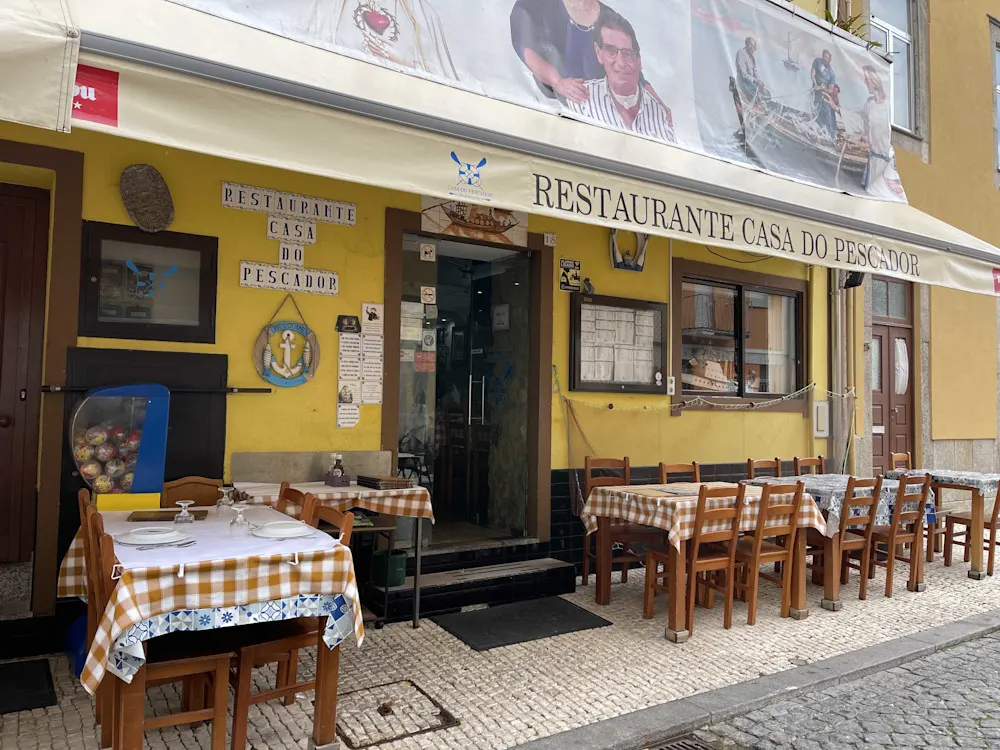
For a completely different pace, I love wandering a bit further to Afurada, a world away from the city’s usual rhythm. Afurada, a small fishing village tucked between the Douro River and the Atlantic Sea, marches to the beat of its own drum.
Many people don’t know about this hidden gem, including Porto natives. This quaint village offers a delightful peek into the past with its numerous tiled buildings and lunches of fresh fish sizzling on grills perched in front of restaurants with a plethora of outdoor seating.
There is even an old public washhouse along the beachside, filled with communal wash basins where people still do their laundry.
I like to get to this tiny town early, before the tourists descend. I can physically feel the stress of life dissipate as I walk slowly through the quiet streets. One of my favorite things to do here is stop and chat with one of the many older women who sit outside their homes in chairs, enjoying gossip with neighbors and the warm sunlight. It’s polite to begin every interaction by saying, “Hello, are you well?” in Portuguese.
Often, a small, simple conversation will take root, and a thrill races through me as I get to practice my language skills.
Porto, Revealed Slowly
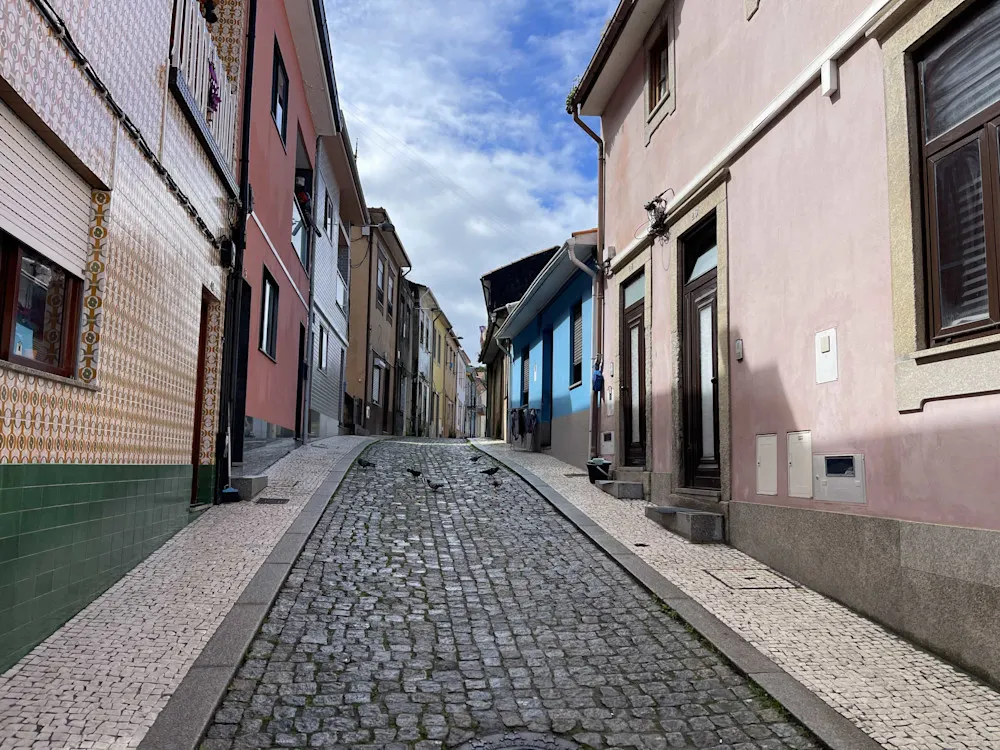
Living in Porto feels a bit like being given a key to a city that’s always changing, always inviting you to look twice. Even after a mere two and a half years of wandering its hills, ducking into tiny bakeries, and getting lost on backstreets, I’m constantly reminded that Porto is a city that reveals itself slowly. It’s like a pastel de nata, each bite unveiling gentle hints of sweetness and spice.
No matter how many times I think I know a neighborhood, there’s always a mural I never noticed before, tucked deep in an alley… melancholy Fado music drifting from a city window… or the sudden glimmer of sunlight on the river that turns the whole city golden, just for a moment.
One of my favorite things about Porto is how it never asks you to rush. The city is designed for walking—strolling, really—at whatever pace you please. Here, wandering isn’t just a way to get from point A to point B; it’s a way of life. Whether you’re crossing the Dom Luís I Bridge at sunset, stepping into the cool hush of an ancient church, or simply following the scent of roasting chestnuts through the streets, you’re often just one turn away from something truly unexpected.
For me, the real magic of Porto isn’t just in its postcard-perfect views or famous landmarks (though those are undeniably stunning). It’s in the small, everyday moments: exchanging a simple Portuguese greeting with the woman sitting on her stoop in Afurada… walking my dog in the park and running into other dog lovers with whom I form an instant connection… sipping espresso in a corner café with friends as we rehash our week.
I love the way the city cannot hide its long history. Sometimes that history appears grand and ornate, and at other times, it’s worn and patched, but one constant is that it’s always real.
Even on gray and rainy days, Porto has a way of pulling you outside. Maybe it’s the promise of freshly baked bread from the neighborhood padaria, or the chance to watch the river swell and gleam under a moody sky. On those days, I’m reminded that beauty here isn’t about perfection—it’s about presence and authenticity.
If you find yourself here, whether for a day or a decade, I hope you’ll let yourself slow down and wander. Explore the neighborhoods. Taste something you can’t pronounce. Linger by the river even when the wind picks up. Talk to strangers. Ask questions. Let yourself get a little lost—because in Porto (like most cities in Europe), getting lost is often how you find the best parts.
I’m grateful and fortunate to be able to call Porto my home. She’s a city that rewards those willing to meander, to stop and listen, to look past the obvious façades—whether dirty or clean—and notice the little things. For me, living here has been both an adventure and a comfort: a reminder that sometimes, the best way to discover a place is simply to step outside and see where the day takes you.
And somehow, no matter how many times I do just that, Porto always makes me feel like I’m seeing it for the very first time.
Get Your Free Portugal Report Today!
Get Your Free Portugal Report Today!
Discover why we love a slower pace of life in Portugal and info on other European countries in our daily postcard e-letter. Simply enter your email address below and we’ll send you a FREE REPORT – Explore the Old World in Laidback Portugal.

By submitting your email address, you will receive a free subscription to IL Postcards, Overseas Dream Home, The Untourist Daily and special offers from International Living and our affiliates. You can unsubscribe at any time, and we encourage you to read more about our Privacy Policy.
